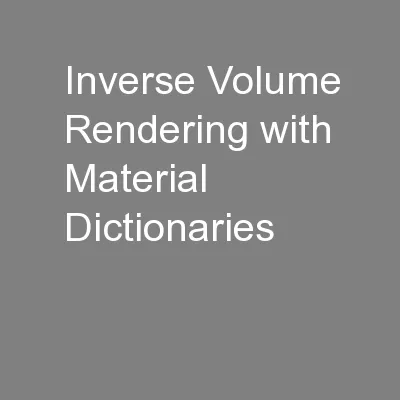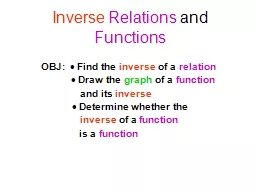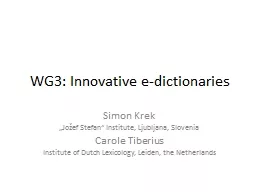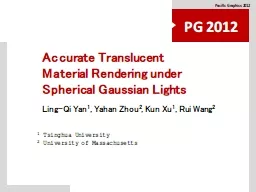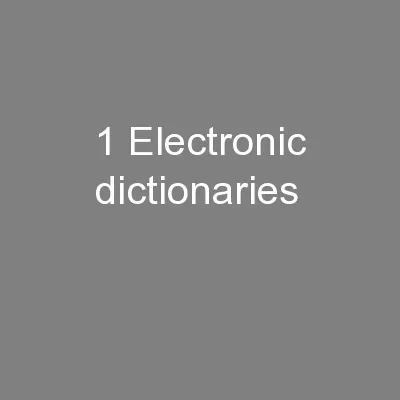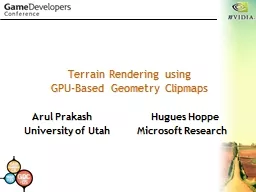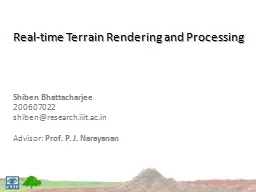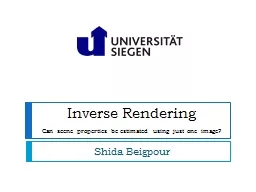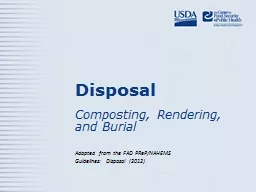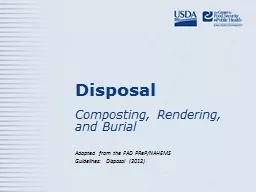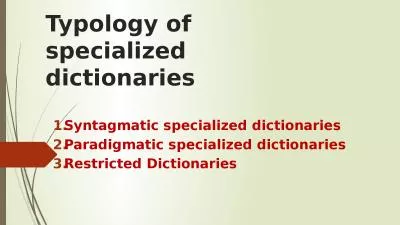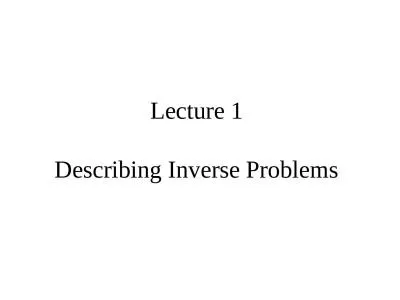PPT-Inverse Volume Rendering with Material Dictionaries
Author : pamella-moone | Published Date : 2016-04-28
Ioannis Gkioulekas 1 Shuang Zhao 2 Kavita Bala 2 Todd Zickler 1 Anat Levin 3 1 Harvard 3 Weizmann 2 Cornell 1 Most materials are translucent 2 jewelry skin architecture
Presentation Embed Code
Download Presentation
Download Presentation The PPT/PDF document "Inverse Volume Rendering with Material D..." is the property of its rightful owner. Permission is granted to download and print the materials on this website for personal, non-commercial use only, and to display it on your personal computer provided you do not modify the materials and that you retain all copyright notices contained in the materials. By downloading content from our website, you accept the terms of this agreement.
Inverse Volume Rendering with Material Dictionaries: Transcript
Download Rules Of Document
"Inverse Volume Rendering with Material Dictionaries"The content belongs to its owner. You may download and print it for personal use, without modification, and keep all copyright notices. By downloading, you agree to these terms.
Related Documents

